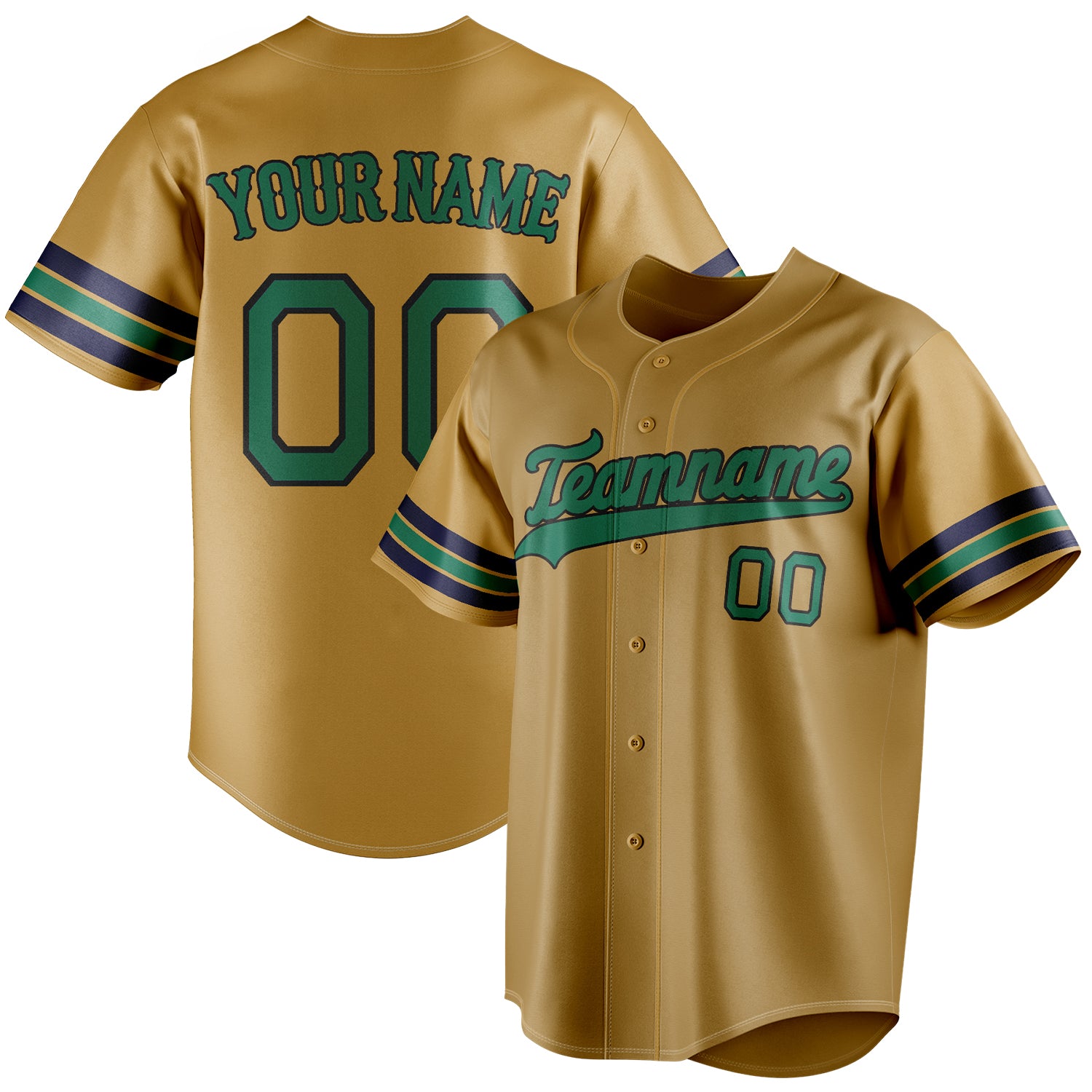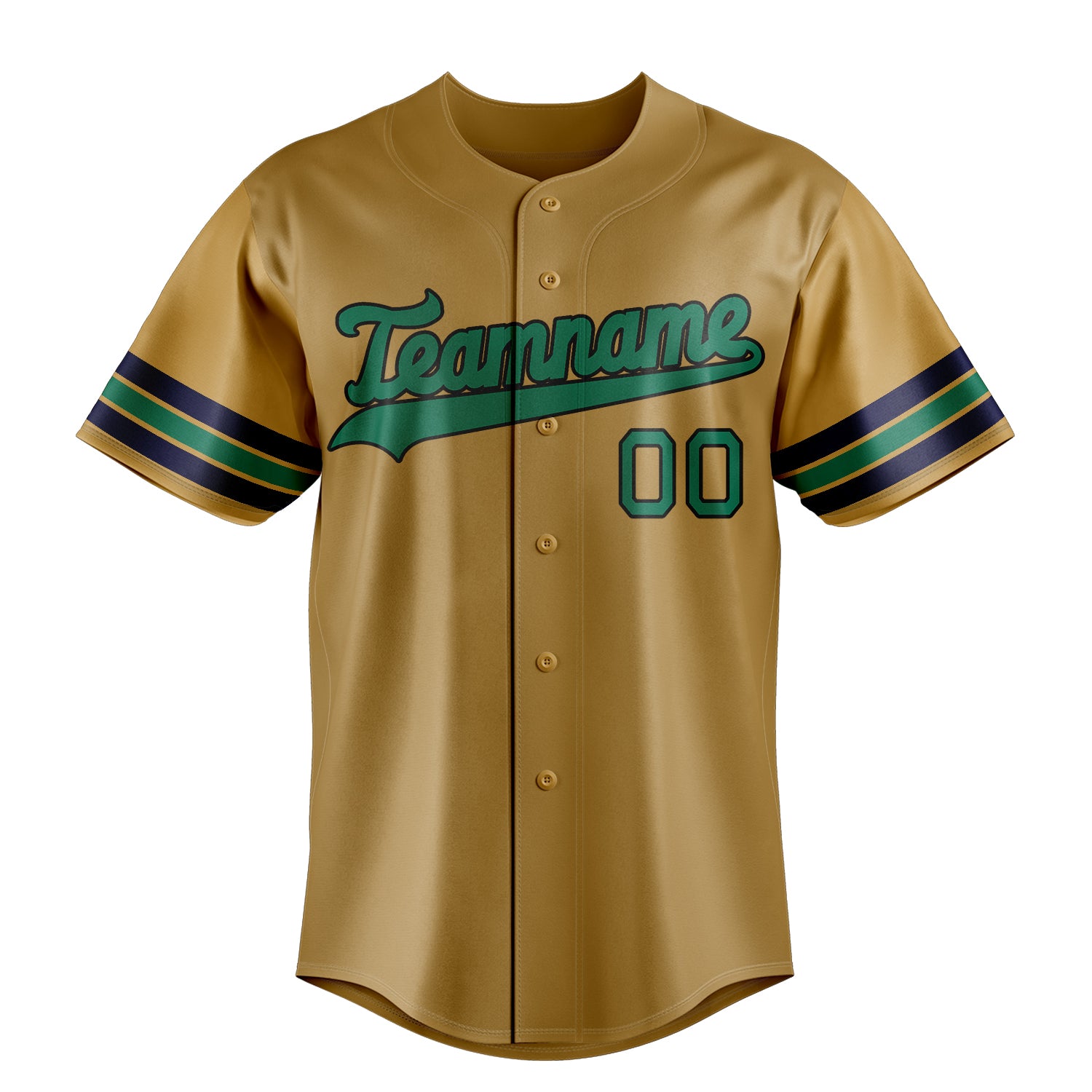At the heart of every athlete beats not only the will to win, but also the material that envelops it: the jersey. More than just colorful identity symbols, modern sports jerseys are high-tech products created from a symbiosis of materials science, physiology, and cultural tradition. Their invisible innovations determine comfort, performance, and sustainability—factors that can make the difference between victory and defeat.
Football shirts: Breathability meets cultural heritage
The evolution of the football jersey reflects a balancing act between tradition and high-tech. Modern player jerseys, such as the one from PUMA for Borussia Mönchengladbach, use ULTRAWEAVE – the manufacturer's lightest performance fiber. Combined with dryCELL technology efficiently wicks away sweat, keeping players dry even during intense runs. The fibers are elastic, recyclable, and, thanks to their four-dimensional stretch, reduce weight by up to 50% compared to conventional polyester fabrics.
Cultural codes intertwine with material science: Mexico's World Cup jersey by adidas incorporated motifs from Mixtec art, while Japan's design, featuring crane symbols, represents good luck. Such culturally charged designs are often digitally printed onto recycled polyester – a material that adidas even uses to make up 50% of Parley Ocean Plastic (derived from marine litter).
For clubs and traders it is worth taking a look at the Jersey wholesaleThere you will find technologically high-quality remaining stock, such as surplus game editions with premium ULTRAWEAVE material. Jersey remaining stock wholesale can make sustainable quality accessible to fans – a strategic advantage for fan merchandise shops.
Basketball jerseys: lightness for dynamic explosiveness
Basketball demands extremes from the material: quick changes of direction, jumps, and constant physical conflicts require stretchy, tear-resistant materials. Polyester blend fabric ("Terylene"), which impress with their high elasticity and sweat wicking properties. Premium brands rely on modified versions with Carbon or silver threads – the latter, as in X-static fabric has antibacterial and thermoregulating effects.
The typical basketball uniform – tank top and loose shorts – uses Mesh zones in the armpits or on the back for maximum ventilation. Some manufacturers weave elastane (up to 12%) to ensure freedom of movement without fabric stretching.
At the Buy jersey Teams should look for industrially sewn seams – they prevent shirts from stretching out after 20 washes. For schools or amateur clubs, the Jersey wholesale often offer sets with screen-printed logos. Such bulk purchases reduce costs by 30-50%, which is important when budgets are limited.
Baseball uniforms: functional layering for every climate
Baseball jerseys must function from scorching heat to cool evening games. Therefore, Layerable systems: A breathable jersey made of nylon or polyester (often 150-200 g/m²) forms the basis, combined with warming jackets made of wool or tech fleece for cooler periods.
Material innovations are evident in the details:
-
Leather applications at impact points (elbows, shoulders) increase abrasion resistance.
-
Carbon mix yarns in the seams prevent seam friction when throwing.
-
UV protection coatings (UPF 50+) protect during day games.
Sustainability is gaining ground: brands like Crane are experimenting with recycled nylon from fishing nets.For clubs that Jersey remaining stock wholesale order, it is worth looking for such eco-variants – they offer selling points for environmentally conscious fans.
Fabrics of the future: Where innovation is redesigning sport
The next generation of sports textiles thinks ecologically and smartly:
-
Biodegradable elastomers made from algae (e.g. Bloom Foam) replace petroleum-based elastane.
-
Phase change materials (PCM) Microcapsules store heat in cold weather and release coolness in hot weather – ideal for baseball outfielders.
-
Self-cleaning fabrics with titanium dioxide coating reduce washing cycles – a plus for the environmental balance.
Manufacturers like Joma prove that high-tech remains affordable: their jersey for TSG Hoffenheim was the first to use recycled fibers from plastic bottles without increasing the price.
Buying advice: What teams, retailers and fans should pay attention to
Whether club supplier or individual fan – these criteria decide the Buy jersey:
For competitive athletes:
-
Ventilation zones: Mesh inserts under arms/back must promote sweat evaporation
-
Seam technology: Flatlock seams prevent chafing
-
Weight: Under 130 g/m² for football/basketball, 90-100 g/m² for running
For retailers and wholesalers:
-
The Jersey wholesale often offers remaining stock from team series at 40% off. Caution: Check shelf life – old polyester fibers can become brittle.
-
Jersey remaining stock wholesale Worth it for end-of-season sales. Request samples in advance to check the material quality!
-
Custom logos: Bulk orders (50 or more) make printing costs per jersey more profitable.
The jersey as cultural heritage and driver of innovation
The sports jersey is more than just functional clothing—it's a symbol of belonging, a bearer of club legends and national colors. The return to historical designs (like Gladbach's 1970s stripes) 1 Today, it combines with technologies that conserve resources and maximize performance.
Anyone who buys a jersey today is investing in a piece of identity – whether as a fan or a professional. The conscious choice of recycled materials or purchasing through Jersey wholesale With its closeout programs, this act is even made sustainable. In every thread of modern sportswear, not only the past of sports lives on, but also the responsibility for its future.









